Chronic oedema in the ageing population
Part 2 Management – a unique set of challenges
Maree O’Connor – Lymphoedema Physiotherapist, Founder Chronic Oedema Solutions
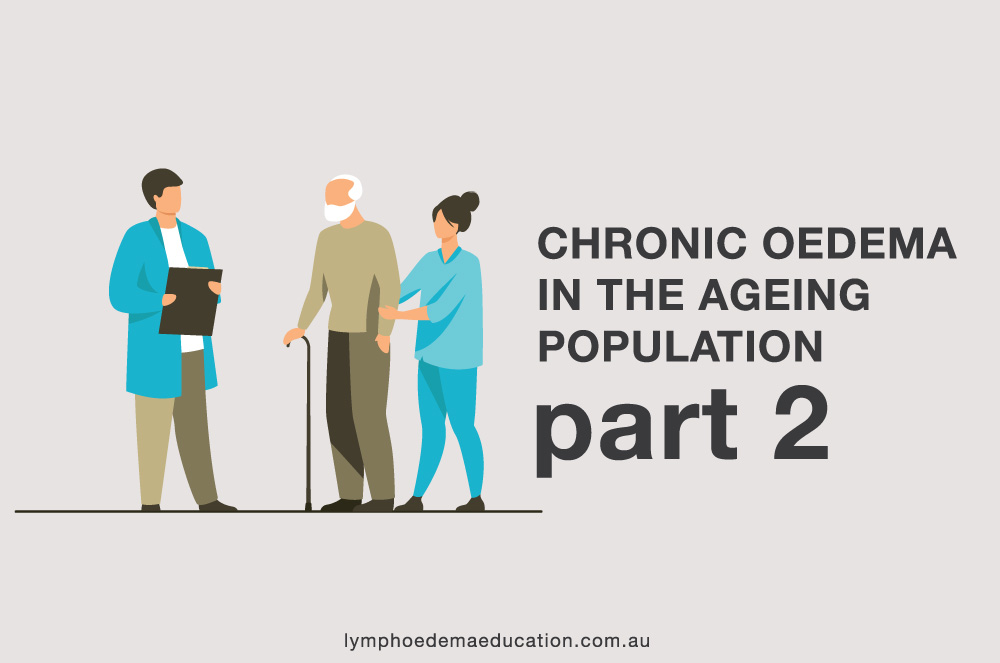
Dealing with chronic swelling in older people presents numerous obstacles. Part 1 of chronic oedema in the ageing population considered the magnitude of the problem and the difficulty of getting it diagnosed. As we grow older, the deterioration of bodily systems enhances the probability of developing chronic swelling.
Challenges
There are numerous challenges with managing an older person with chronic oedema. This was explored at a presentation Kerryn Tutt and Maree O’Connor gave at the Australasian Lymphology Association Symposium in May 2023 in Aukland. During the presentation, the audience was asked to type the challenges into an app and the diagram below was created.
As you can see there are a lot of challenges in this area. Once the swelling is diagnosed, the healthcare professional must consider the following factors:
- The person’s goals.
- The underlying causes of oedema, which can be influenced by multiple factors, and how they will affect the available treatment options.
- Other existing medical conditions the person may have, such as arthritis, cognitive decline, diabetes, heart failure, etc.
- The impact of the person’s medication on the oedema.
- The individual’s ability to perform daily activities.
- The support network available to the person and their financial resources.
- If the person resides in a care facility or requires assistance from a caregiver for managing the swelling at home, the availability of adequately trained staff.
- The skills of the health professional managing the chronic oedema.
The cornerstones for oedema management in this population are the same as for other age groups. The goals of the person are the driving force.
However, for each of these treatment options, the effects of ageing impact them.
The cornerstones for oedema management in this population are the same as for other age groups. The goals of the person are the driving force.
However, for each of these treatment options, the effects of ageing impact them.
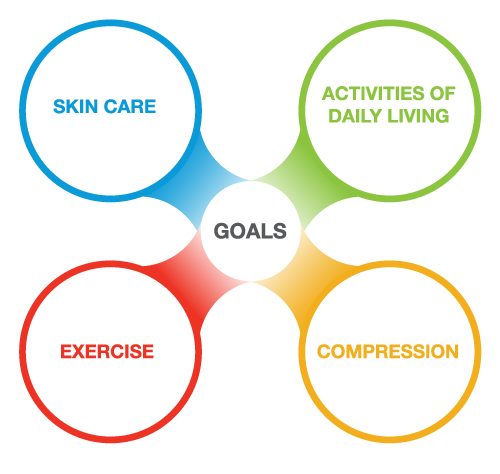
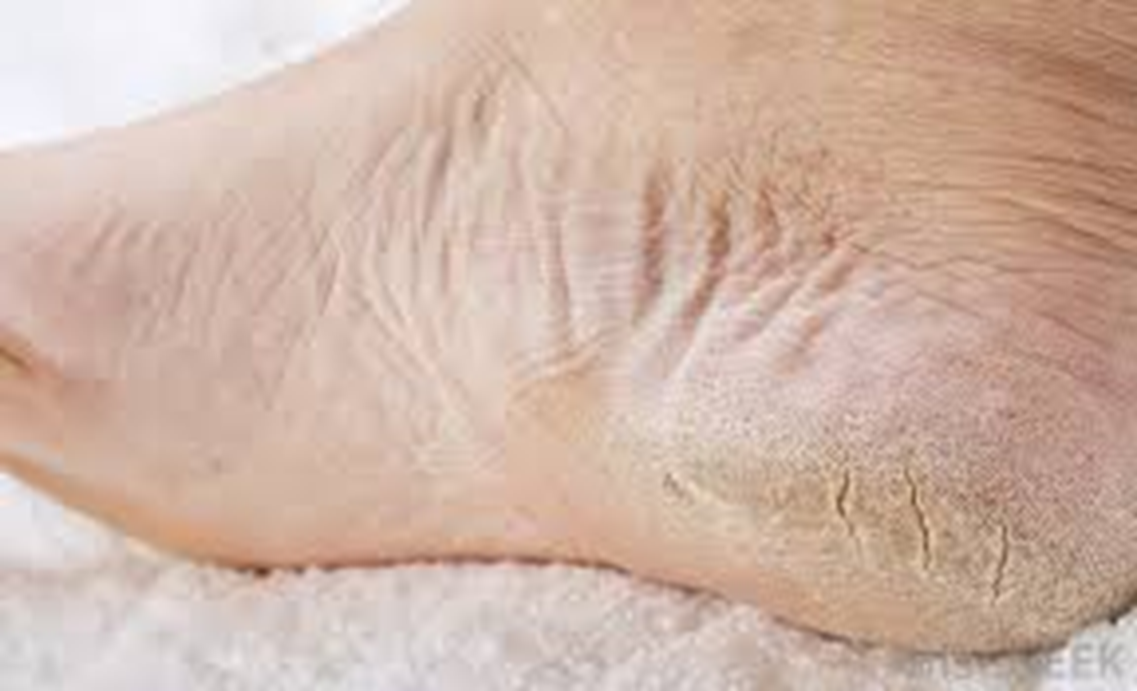
Skin care
As we age, the skin experiences various changes. It gradually loses elasticity, leading to a decrease in its ability to stretch and rebound. Additionally, the skin becomes drier as its barrier function becomes impaired and the production of essential oils, like sebum, decreases. Sometimes the individual can’t see that their skin is dry and may need a support person to do this or perhaps use a mirror.
The number of nerve endings in the skin also diminishes, resulting in reduced sensation. Moreover, there tends to be a decrease in the number of melanocytes, which provide protection against ultraviolet radiation. Collectively, these changes render the skin more vulnerable to damage and slower in its healing process. There is a 50% reduction in mast cells with a further decrease in the Langerhans cells and other immune responses (Farage et al., 2012). These changes can lead to an increased risk of cellulitis. If there is also the presence of oedema the situation is far worse.
Elderly individuals have a reduced capacity to withstand shearing forces, primarily attributed to the decrease in subcutaneous fat and collagen levels. This aspect can have implications for the type of compression suitable for them.

Due to these changes, the skin requires careful attention and assessment. The person needs education on the importance of skincare and may need aids to assist with moisturiser applications such as Easy Reach. Thicker types of moisturisers may be required if the skin is very dry. It is advisable for older individuals to have regular appointments with a podiatrist to ensure the health of their toenails and to detect and address any potential fungal infections such as tinea. The podiatrist also has the unique opportunity to assess the skin and check for oedema. Managing the oedema will also assist with managing the skin.
Skin care is essential and suitable aids and products are essential.

Activities of Daily Living (ADL)
The ageing process can impact oedema formation as well as oedema reduction. The inability to sleep in a bed flat, and resorting to sleeping in a recliner, can hinder the overnight reduction of oedema. Individuals with arthritis may experience pain when attempting to elevate their legs while sitting. As we age, our balance diminishes, leading to changes in our walking pattern such as a wider stance, reduced heel strike, and toe-off. These changes can hinder the effectiveness of the muscle pump in reducing oedema. Finding properly fitting shoes becomes challenging, often requiring larger sizes to accommodate the swelling, which further affects walking and increases the risk of falls. These limitations can result in decreased participation in activities and potential social isolation.
Management will not only consist of oedema reduction but possibly dealing with other ageing issues.
A thorough assessment of the person’s ADL is essential so that the necessary intervention and support can be provided.
Compression Therapy
When it comes to managing and treating chronic swelling, particularly in older individuals, compression therapy is a key method. Nonetheless, healthcare providers need to conscientiously evaluate several factors:
- The presence of concurrent medical conditions like peripheral arterial disease and heart failure will impact the choice of compression level and the fabric type for the garment. In older adults with these conditions, it may be more suitable and comfortable to opt for a lower level of pressure (measured in mmHg) and select a flat knit garment that offers greater stiffness compared to a circular knit garment.
- The impact of compression on the skin should be taken into consideration. If the person has delicate, thin skin, it may be more suitable to select a softer, flat knit garment that provides shape and offers a lower level of compression, such as class 1. However, in some cases, the shearing forces exerted while putting on and removing the garment may be too harsh on the skin. In such situations, a compression wrap might be a more appropriate alternative.
- The individual’s previous encounters with compression should be taken into account. Older individuals may have negative perceptions or experiences associated with compression therapy. Therefore, it is crucial to carefully select the most appropriate compression option for each person. While Tubigrip is a cost-effective choice, its elastic properties can lead to issues such as skin breakdown, discomfort, and a tourniquet effect. Unfortunately, it seems to be commonly prescribed for this population. Fortunately, there are superior and more efficient alternatives accessible. Healthcare professionals often need to clarify the distinctions between various compression options to ensure understanding and make informed choices.
- Prior to ordering a compression product, an evaluation should be conducted to assess the individual’s capacity to independently apply and remove the compression garment. It is important to determine if the person will require donning aids to facilitate the process. In cases where the individual is unable to utilise these aids, it becomes crucial to evaluate whether they have a family member who can assist them. If not, it is necessary to consider if they can access a trained caregiver who can provide the required support. Training programs are available for caregivers to ensure proper assistance for the patients under their care.
Assessment by an appropriately trained health professional is essential. A compression product that takes into consideration the needs of the individual will aid compliance.
Exercise
Engaging in regular exercise can bring about positive effects on chronic oedema, including:
- Enhancing blood velocity through the muscle pump mechanism,
- Stimulating the lymphatic system,
- Improving muscle strength,
- Boosting psychological well-being.
(Moffatt, 2006)

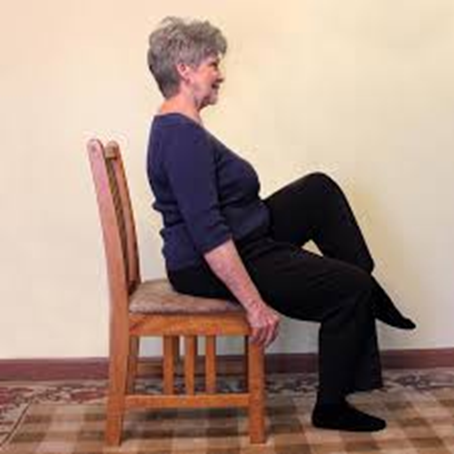
With the progression of age, there is a noticeable decline in functional capacity, encompassing strength, endurance, agility, and flexibility, leading to challenges in performing daily activities. Additionally, older adults tend to become less physically active as they age, despite the well-established understanding that regular physical activity plays a vital role in promoting independent living, preventing chronic health conditions, and enhancing overall quality of life.
(Donat Tuna et al., 2009)
Physical exercise for the older population should be customized to address specific needs such as strength, mobility, balance, and cardiovascular capacity. By incorporating these aspects, the lymphatic system is more likely to receive assistance. It is crucial to collaborate with individuals to identify exercise programs that they find enjoyable, enabling them to establish a consistent routine. This presents an opportunity for them to interact with others and reduce feelings of social isolation. It is beneficial to connect individuals with healthcare professionals like physiotherapists or exercise physiologists who can design personalized exercise programs. Additionally, community programs and various helpful resources are available to support these efforts.
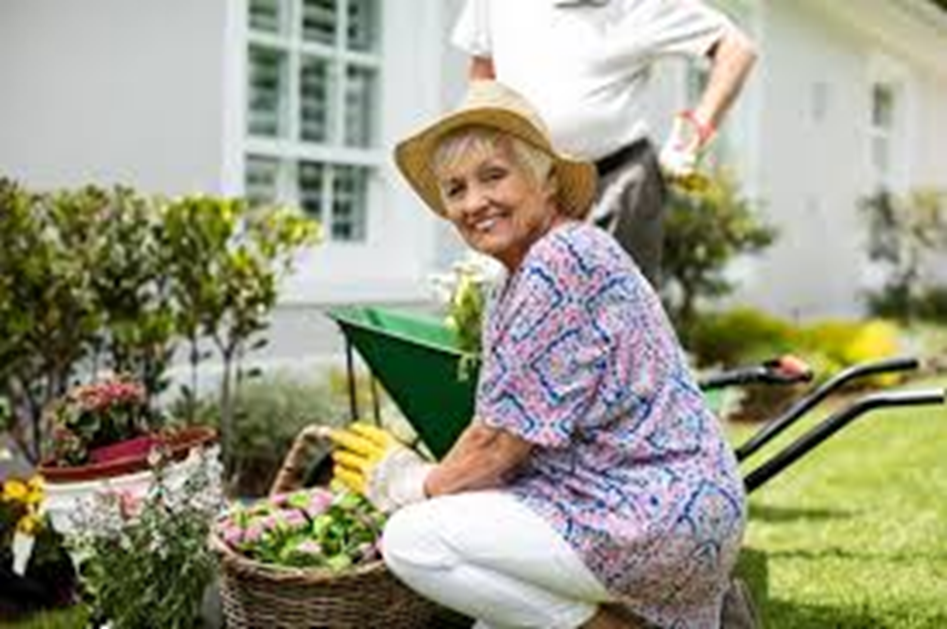
Tailoring physical exercise for the elderly population is essential to cater to their specific requirements, which encompass strength, mobility, balance, and cardiovascular capacity.
References
Donat Tuna, H., Ozcan Edeer, A., Malkoc, M., & Aksakoglu, G. (2009). Effect of age and physical activity level on functional fitness in older adults. European Review of Aging and Physical Activity, 6(2), 99-106. https://doi.org/10.1007/s11556-009-0051-z
Farage, M. A., Miller, K. W., Elsner, P., & Maibach, H. I. (2012). Characteristics of the Aging Skin. Advances in Wound Care, 2(1), 5-10. https://doi.org/10.1089/wound.2011.0356
Moffatt, C. (2006). International consensus: best practice for the management of lymphoedema. International Consensus: Best Practice for the Management of Lymphoedema.



